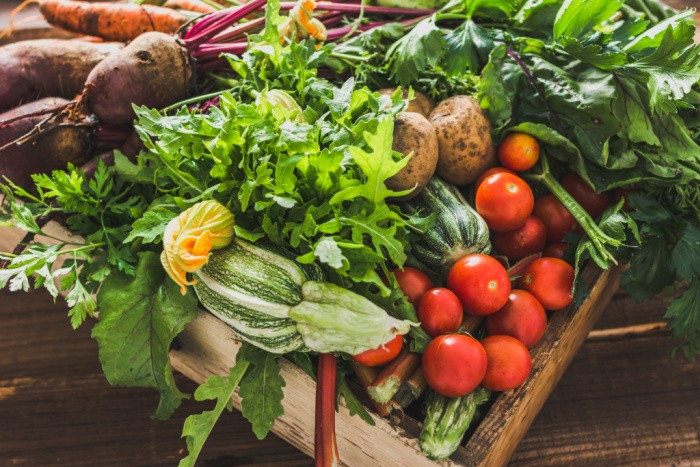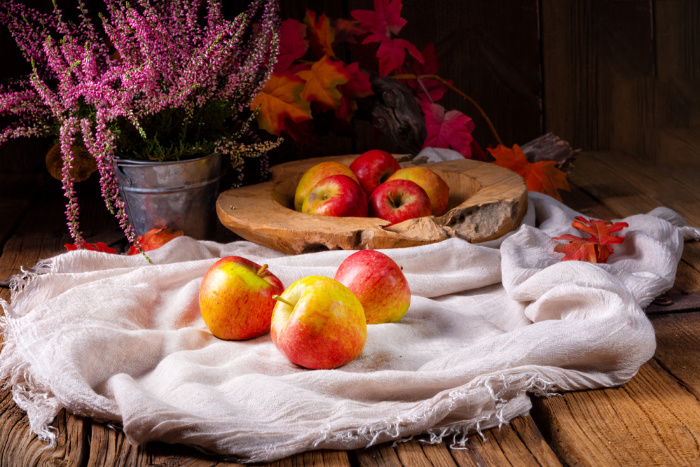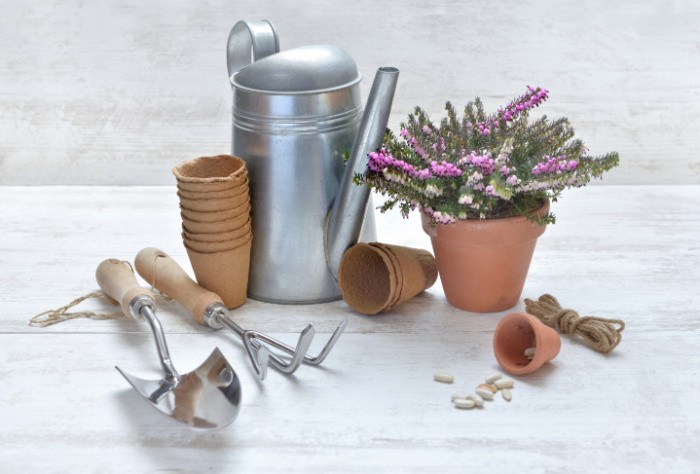How to Maximize Your Garden’s Production
Would you like to maximize your garden’s production? Taking specific steps will help you grow more plants faster, while filling your garden with large crops that you can harvest with ease. If you’re producing many crops in your garden, you’ll have a steady flow of fruits, vegetables, herbs, and flowers available to you. As soon as you start to see an increase in production, continue putting in the extra effort to maintain your crops. Here is how to maximize your garden’s production.
How to Maximize Your Garden’s Production

Choose the Right Time to Start Planting Your Seeds
If you’re looking forward to maximizing your garden’s production, get a headstart on planting your seeds. The exact date to plant seeds will depend on what you’re trying to grow and where you are located. You can plant seeds for some crops at the end of winter, but some need to be planted when the weather is warmer, usually in the late spring or early summer months. This is where I buy my seeds: SeedsNow
Some of the best crops to grow during the summer months include cucumbers, berries, tomatoes, and squash. On the other hand, some crops can withstand the colder winter weather, including lettuce, potatoes, garlic, and radishes. If you know when to plant your seeds, you can expect your crops to do better because they won’t have to deal with harsh temperatures that aren’t ideal.
Know Which Plants Grow Best in Your Environment
Always do extensive research on the best plants to grow in your environment. If you live in an area where it’s cold most of the time, some crops aren’t going to do well, but others will survive and thrive over the span of weeks and months.
If you’re living in an area with a warmer climate, you can expect to have success growing citrus trees and other crops, such as sweet corn, zucchini, and squash.
Even if you’re adventurous and willing to try planting seeds of crops that are challenging to maintain, you’ll still need to pick seeds for crops that can grow in your area. You wouldn’t want to waste time tending to crops that aren’t going to withstand the kind of weather you experience, whether it’s too hot, too cold, or even too wet or dry.
While plants do need water, if it rains too much in your area, the water could damage the crops and prevent them from growing. At that point, you may need to start all over.
Pick Crops That Are Easy to Grow at a Fast Pace
Try to pick some of the easier crops to grow. While you can plant seeds for crops that take a few months to reach their full size, you’ll feel more motivated when you have easy-to-grow plants that show their stuff early. Some of the easiest crops to grow include lettuce, radishes, green onions, and sweet potatoes.
Dozens of other crops tend to grow quickly, giving you the chance to harvest them within a month or two. If you’re growing these plants, you’ll constantly feel like you’re doing something right because you’ll always have something ready to harvest and eat.
Use Companion Plants With All Your Crops
Always use companion plants in your garden. These plants keep the soil in excellent condition and fight off pests simultaneously to create a safe growing environment. If you’re planting lettuce, you can put radish seeds on one side of the lettuce seeds and carrots on the other. Parsnips, onion, and corn are three additional companion plants worth growing next to your lettuce heads.
The same thing goes with anything else that you’re going to plant and grow in your garden. Plant those companion plants nearby. It’ll help you keep the pests away from your crops, too. You don’t want to put so much effort into growing different crops only to realize that annoying pests are taking over and causing a lot of damage.
The damage that pests can cause could set you back while you are trying to get ahead in your efforts to maximize your garden’s production. In case you missed this post, Companion Planting: What Not to Plant Together
Add Compost to Your Soil
Make it a habit to add compost to your soil. The addition of compost in the soil helps it retain the moisture it gets each time you’ve watered the plants. It also provides essential nutrients to the soil that plants should have to thrive. The type of compost you’ll use depends on what you’re comfortable with adding to the soil. Manure is one option. By now, you know I buy Organic Compost, I don’t create my own compost. I admit it freely, I can’t do one more thing. I also often have desert rats and mice show up who would have a buffet if I did. That’s how I roll. Most garden nurseries carry organic compost.
While not everyone likes the thought of putting manure in the soil where their plants are growing, it’s an affordable, eco-friendly option to consider. You can create compost to use in the soil with scraps from the kitchen, including potato skins and peeled pieces of carrots. In case you missed this post, How to Improve Your Garden Soil: Amendments Needed
Keep a Notebook Consisting of Important Watering Dates and Times
Get yourself a notebook to keep track of the watering schedule for different crops you’ll have growing in the garden. The reason it’s vital to keep track of the schedule is that some crops need more water than others. You don’t want to drown any of your crops, but you also don’t want the crops to go through a drought period that hinders their growth.
Make a list of the dates and times that you’ll head out to the garden to water specific crops. The list helps you stay on top of your crops to prevent them from dying.
Be Consistent to See Your Garden Grow From Nothing to Something Amazing
When you want to see your garden flourishing with crops that are worth growing, you’ll need to be consistent. If you give your garden the attention it needs and provide each of the different crops with the right type of soil, fertilizer, and amendments, you can expect to boost your garden’s production.
Although it takes time and effort to see the changes, you’ll notice the difference your efforts make, if you stick with it. Please let me know what you are growing and how it’s doing. We all learn from each other, we really do. It’s a blessing to all when we comment because it’s there where we learn even more tips from one another.
Final Word
Whether you’re just getting started or already have a garden growing on your property, these are the things you can do to maximize your garden’s production. If you’re ramping things up, you can end up with plenty of fruits, vegetables, herbs, flowers, and other plants that you can put to good use. How do you maximize your garden’s production? May God Bless this world.
Copyright Images: Organic Vegetables AdobeStock_218039462 by Alicja Neumiler






















We have sooo much food growing this year! Many of our annual veggies we put in late due to our long, very cold spring.exceptions were cold weather tolerant crops like greens, etc.
Our garden is full of the usual suspects. Lots of tomatoes, zucchini, other squashes, sweet potatoes, pile beans, Bush beans, organic white spuds, peppers etc.
There are plenty of companion herbs growing in the garden as well as a “medicine wheel” garden full of medicinal herbs.
We have fruit bearing understory bushes under the fruit trees, & below them there are shade tolerant herbs, veggies, greens.
In the front of our home I ran stringers for drying beans. My husband thought I was crazy but I had a vision of them lol! They’ve produced large beautiful leaves & bright showy flowers. So far, only one visitor (my brother) has picked up on the fact that it’s food rather than a lovely, natural privacy screen.
We also have bushel baskets of sweet potatoes “landscaping” & they really look pretty. 🙂
3 strawberry patches & I could go on & on. Growing food & medicine has always been important to us, but feels even more so this year.
Terrific article, thanks!
Hi Amy, oh my gosh, I LOVE LOVE LOVE hearing what you have growing in your yard. I can almost visualize your entire garden and yard. What an awesome sight it must be! Thanks for sharing, Linda